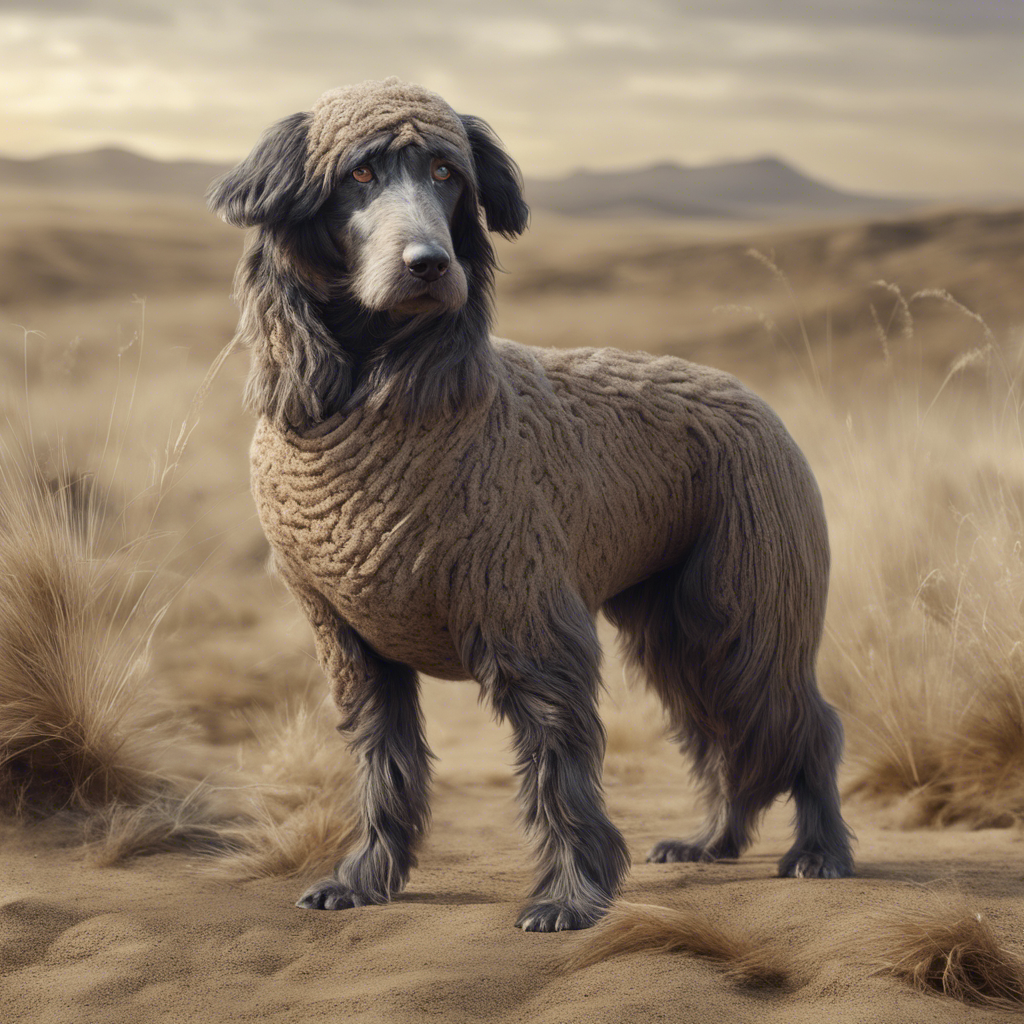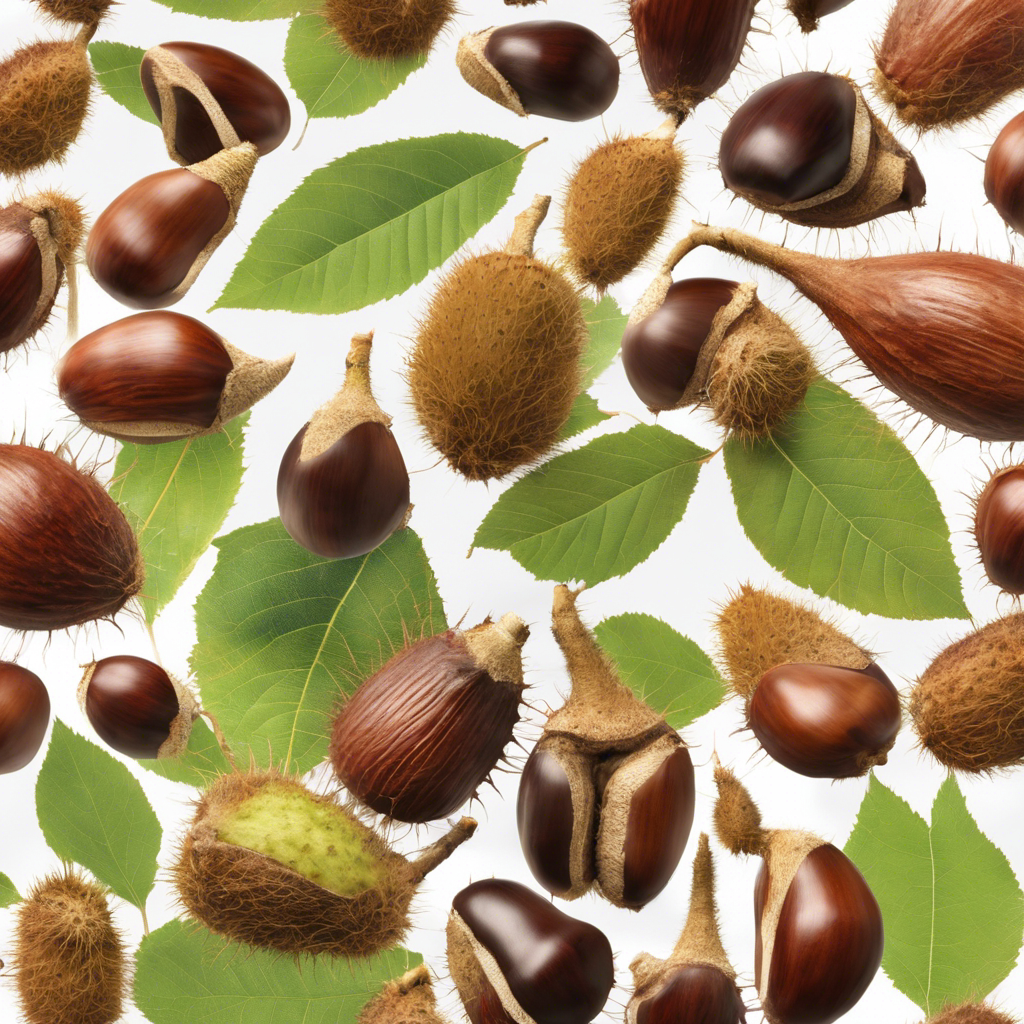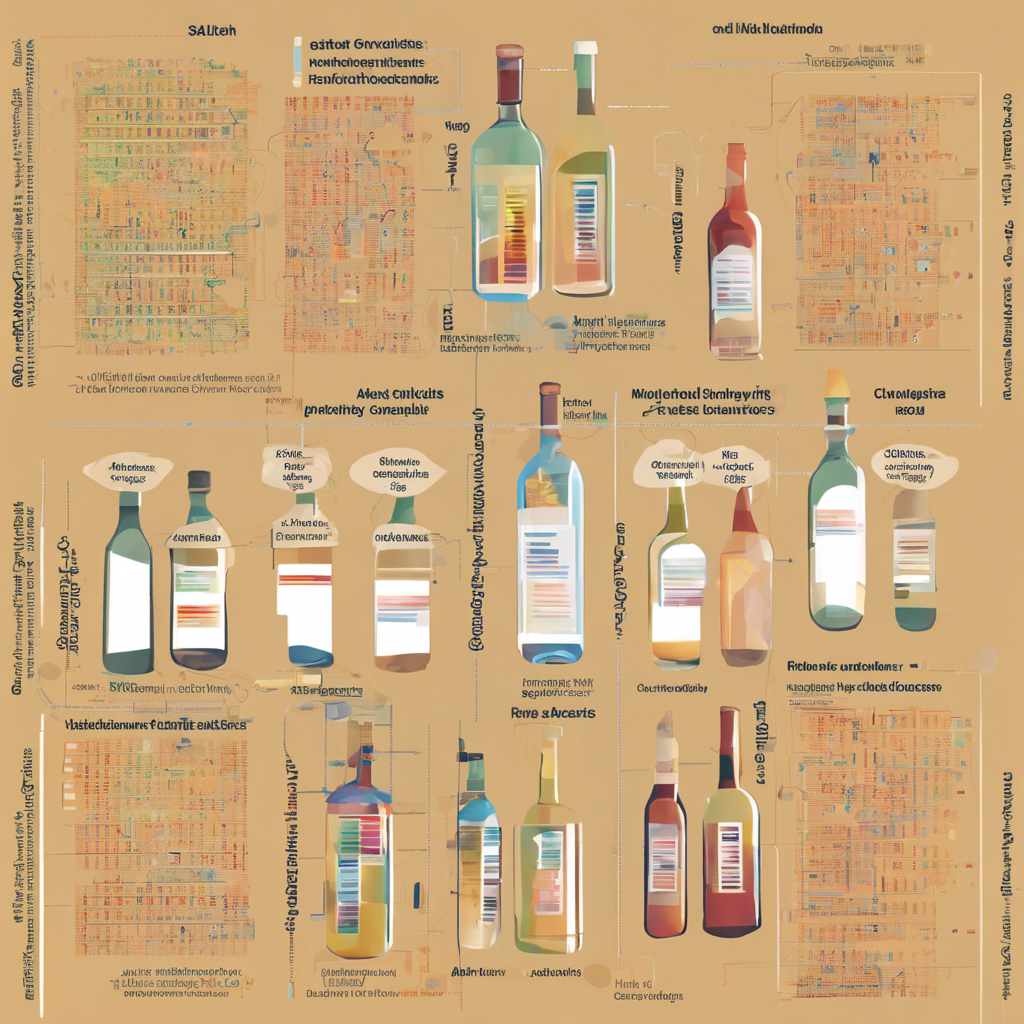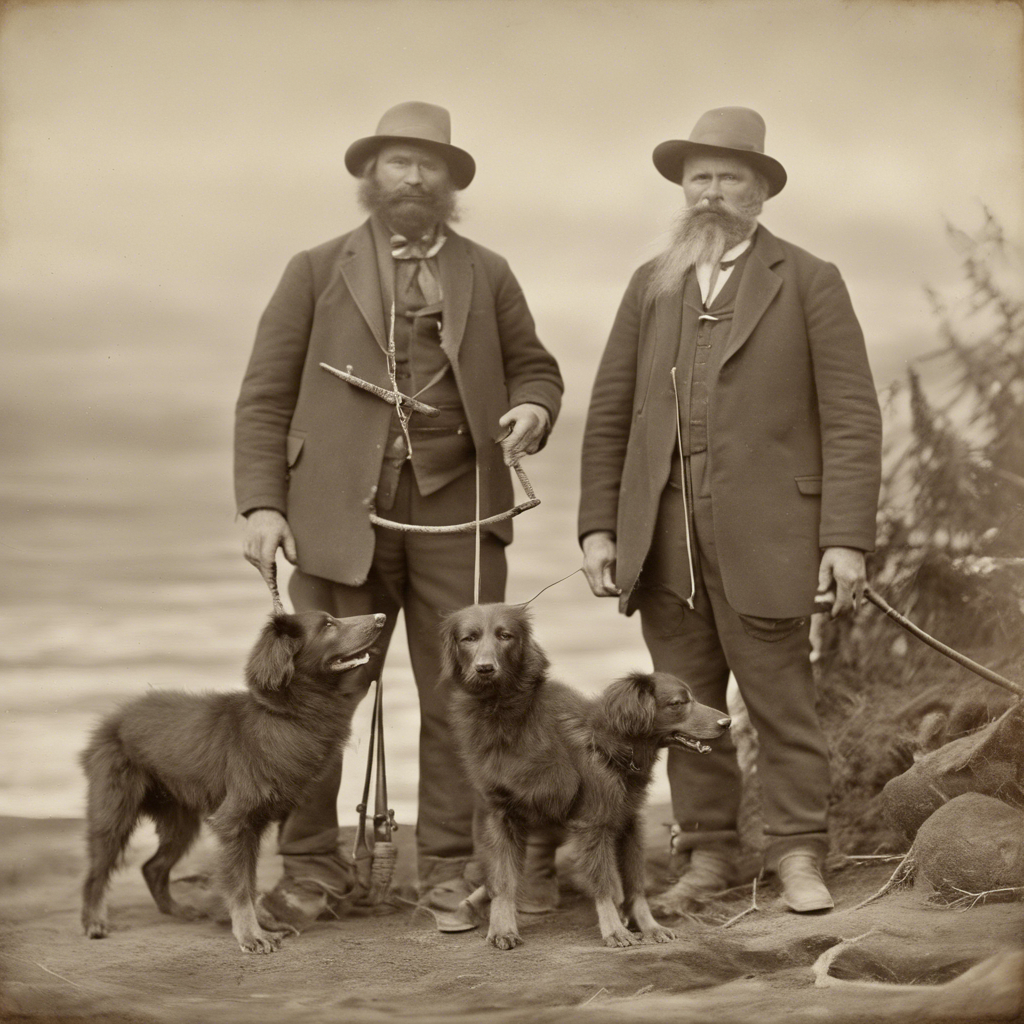Researchers use a 160-year-old pelt to reconstruct the woolly dog, shedding light on its significance to the Coast Salish peoples
For centuries, the Pacific Northwest was home to a unique breed of dog known as the woolly dog. With their luxurious white coats, these fluffy canines played a vital role in the culture and traditions of the Coast Salish peoples. However, the woolly dog is now extinct, leaving behind only a single pelt as a testament to its existence. In a groundbreaking study, scientists have analyzed the genes of this 160-year-old pelt, revealing the fascinating story of the woolly dog and its significance to the indigenous communities of the Pacific Northwest.
The Woolly Dog: A Unique Canine Companion
The woolly dog, known as sqwemá:y in the language of the Coast Salish peoples, was unlike any dog we know today. Its hair was so luxurious that it was used to create blankets that held both functional and ceremonial importance. These blankets, made by combining the woolly dog’s undercoat with mountain goat hair and plant fiber, played a central role in Coast Salish society. The relationship between the Coast Salish peoples and the woolly dog was one of mutual care and respect, with the animals being herded and kept in packs to prevent integration with other wild animals.
Unraveling the Genetic Legacy
The only known woolly dog pelt, named Mutton, is currently housed in the Smithsonian National Museum of Natural History. By analyzing Mutton’s genes, scientists have gained insight into the unique characteristics of the woolly dog. The research confirms that Mutton’s lineage dates back approximately 4,800 years. While Mutton had a European dog breed ancestor, the rest of his genome is distinct and includes several mutations affecting skin and hair, which could explain the production of spinnable fur. These gene variants are not found in any other dogs, highlighting the distinctiveness of the woolly dog.
The Devastating Impact of Colonialism
The study also sheds light on the devastating impact of colonialism on the woolly dog and the Coast Salish peoples. With the arrival of Europeans, the tradition of tending woolly dogs began to crumble, leading to their eventual extinction. The loss of this ancient tradition, which had been passed down for thousands of years, occurred within just a few generations. The research serves as a reminder of the far-reaching consequences of settler colonialism on both human and non-human beings.
Reviving a Lost Tradition
Despite the extinction of the woolly dog, efforts are being made to revive the Coast Salish relationship with these remarkable animals. Debra qwasen Sparrow, a master weaver of the Musqueam First Nation and co-author of the study, aims to create the first traditional blanket in over a century. Without the woolly dog, Sparrow will need to find another dog breed with suitable hair for spinning. She will also have to retrace her ancestors’ steps in harvesting mountain goat hair and stripping stinging nettles. Sparrow’s dedication to preserving this ancient craft highlights the intelligence and skill of the women who scientifically put these blankets together.
Conclusion:
The story of the woolly dog is one of loss, resilience, and the enduring legacy of indigenous cultures. Through the analysis of a 160-year-old pelt, scientists have gained valuable insights into the unique genetic makeup of this extinct canine companion. The research not only deepens our understanding of the woolly dog but also emphasizes the importance of preserving indigenous traditions and honoring the intelligence and craftsmanship of those who came before us. As we unravel the genetic legacy of the woolly dog, we are reminded of the profound connections between humans and animals and the need to protect and celebrate our shared heritage.











